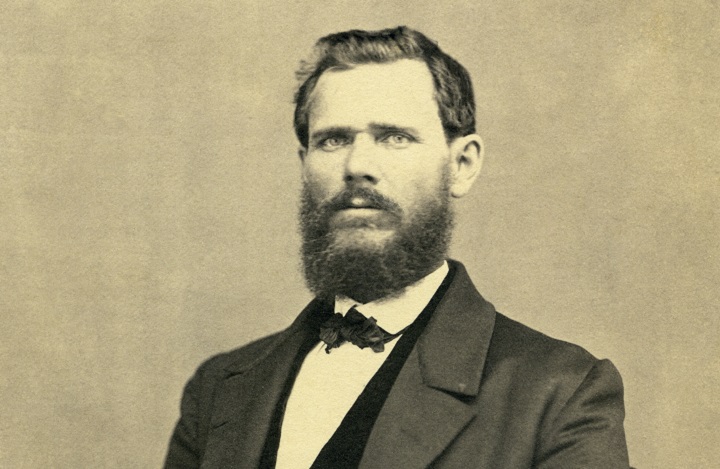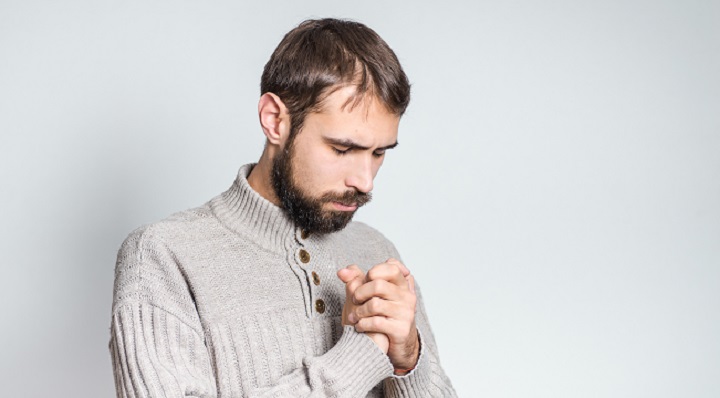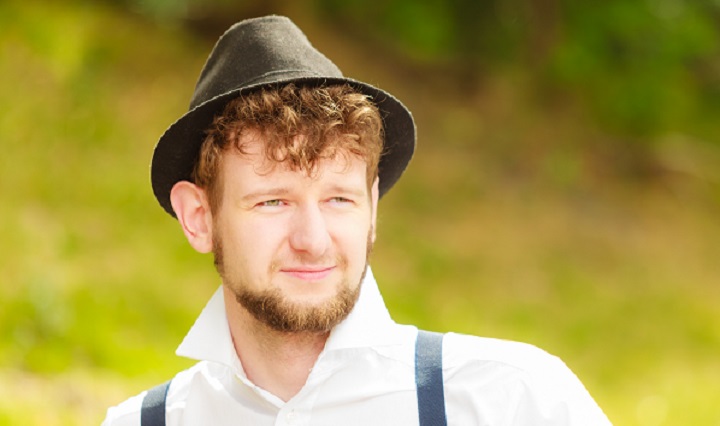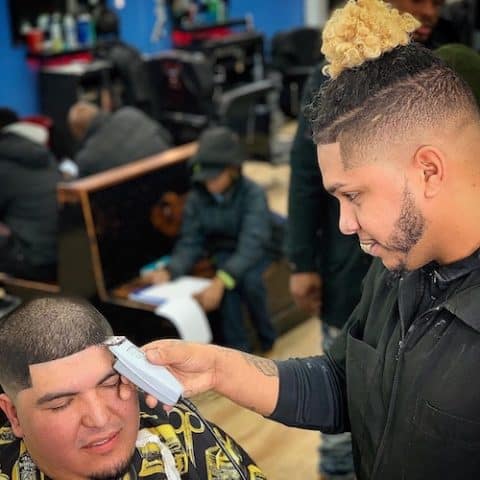In many religions, experimenting with different hairstyles, like the 70s hairstyles and incorporating haircut line designs, is not frowned upon.
At the same time, an Arab beard or a scruffy beard and using beard products like baby oil for beard or shaving soap don’t prevent you from serving the church. For Mormon men, beards are a controversial topic.
The beard debate in the Church of Jesus Christ of Latter-day Saints has continued for years. There has never been any official communication for Mormon men wanting to grow beards outside the confines of BYU and missionary standards.
Table Of Contents
What Are They
Mormons are a religious group in the United States, Canada, Latin America, Europe, Africa, the Philippines, and some parts of Oceania.
Mormons embrace many existing Christian beliefs but have their own distinct set of values, philosophies, and practices made by their founder, Joseph Smith. They belong to the Church of Latter-Day Saints (LDS), headquartered in Salt Lake City, Utah.
The church has more than 16 million members across the world. The Community of Christ is another Mormon denomination from Independence, Missouri, with around 250,000 members.
The Mormon religion was founded in 1830, the same year the Book of Mormon was published. A part of their philosophy regards the conduct of church members and workers, including beard growth.
Beard Ban
Mormons are expected to follow a strict healthy lifestyle that forbids alcohol, coffee, tea, and tobacco consumption. The essential values in Mormonism include family life, respect for authority, good deeds, and missionary work.
Unlike modesty, Mormonism rules against long hair and beards are pragmatic and contemporary. They are responsive to attitudes and conditions in society at a particular time. For instance, past LDS Church presidents had beards.
Today, temple workers are expected to be clean-shaven regardless of where they are stationed. Beards are okay for church members, but for church workers, even beard styles without mustaches or nicely trimmed beards or mustaches are not allowed.
Some find this rule a little discriminative, considering that deity figures like God and Jesus Christ are portrayed with a different beard and mustache styles in LDS portraits and films.
And it goes beyond that; instructors at Brigham Young University, owned by the LDS church, are allowed to have mustaches. Likewise, BYU students and faculty members can get a special beard waiver if they can’t shave for medical reasons or because they are involved in dramatic productions.
The beard policy for temple workers has trickled down to missionaries, church seminary, institute teachers, and top governing hierarchies. Since 1951, seers, prophets, apostles, and revelators have all been clean-shaven.
Even though beards are not mentioned in the church’s Handbook, this standard has remained to date.
Mormon Men and Beards
People are divided on the beard subject today, but facial hair was widely accepted and encouraged in the early 1900s. Missionaries stationed in Europe and Britain were even required to grow a beard during their missionary service since they believed facial hair added dignity.
Things have changed today. Mormon men who don’t serve as temple workers can sport nicely trimmed beards. However, if you become a temple worker, you are expected to shave your whiskers and sport a clean-shaven face for as long as you continue serving in your capacity.
Brigham Young University allows mustaches for instructors. If you are a student or faculty member at BYU, you can apply for a beard waiver if you can’t shave your beard for medical or career reasons.
LDS Leaders and Beards
Throughout the church’s 183-year history, there have been shifting and sometimes contradictory standards regarding facial hair. Joseph Smith, the Mormon religion founder, started with a clean-shaven face when he launched the movement at 24 in 1830.
He remained clean-shaven until he died in 1844. The LDS leaders who followed grew beards as they aged. When Heber J. Grant, an LDS apostle, went to England in 1903 to oversee the faith’s evangelizing abroad, his predecessor had required missionaries to grow facial hair as symbols of dignity and maturity.
When Grant settled in, a timid missionary requested to be allowed to shave his facial hair, which Grant readily agreed to. After Grant came David O. McKay, a clean-shaven LDS leader who served as an excellent example of how church leaders should look.
Then the rebellious 1960s came, and many people started viewing beards and long hair as symbols of revolution, protest, and rebellion against authority. They were also seen as symbols of the hippie and drug culture.
Additionally, the unkemptness associated with beards and long hair was seen as a mark of indifference towards the best in life. By 1980, beards had become a matter of style rather than protest. Because of that, many mainstream Americans, Mormon converts, and professionals grew them.
LDS leaders like Matt Marostica have had facial hair since the 1980s and haven’t been asked to shave in all the years he has been a bishop. Matt Marostica is an example of LDS leaders trying to make progressive changes within a conservative church.
While sporting longer beard styles like an Amish beard when serving in the Church of Jesus Christ of Latter-Day Saints would be taking it too far, it seems a well-groomed beard won’t raise many questions.
In that case, maintain a well-kept beard by using products like beard soaps, shampoo, and styling products like beard oil and balm.
FAQ
Are Mormons allowed to wear beards?
Yes, Mormons can wear beards. The Church’s Handbook doesn’t provide specific guidelines regarding beards or any other form of facial hair.
Does beard regulation have a theological basis?
In many religions, God created beards as a sign of gender distinction and manly maturity. However, wearing a beard or not wearing one doesn’t mean one is against religious teachings.
What is the difference between Amish and Mormon?
The Mormons are a Restorationist sect, while the Amish are a Protestant sect. Mormons also practice baptisms for the dead, while the Amish do not. Finally, the Amish are a closed and introverted society who believe in living a simple life and thus reject all forms of technology.
At the same time, Mormons have evolved into an open and extroverted community that believes in using technology as long as it doesn’t interfere with one’s religious beliefs.
Jay is one of the members of the Beardoholic writers team and NFL, celebrity barber. As a master barber with years of experience, Jay can make your beard look any way you envision. Jay’s specialty is black men’s hair and beard styles, but he also has deep knowledge on how to create a perfect neck and cheek line, short or long beard and virtually any beard and hair shape and style.




